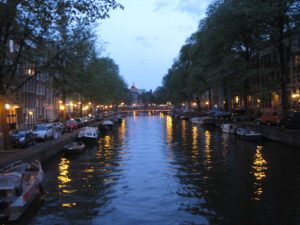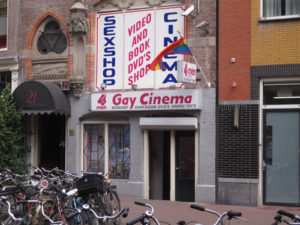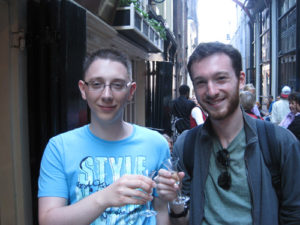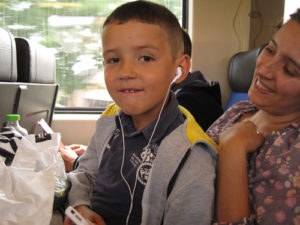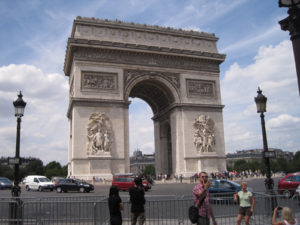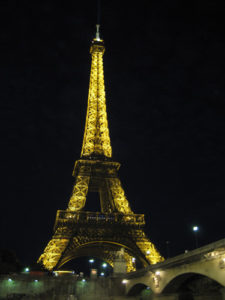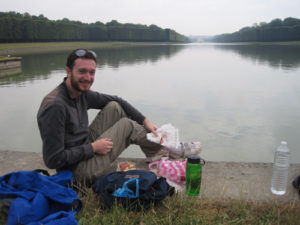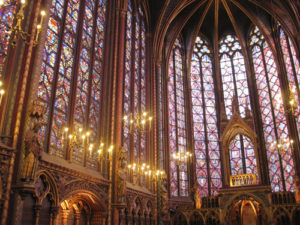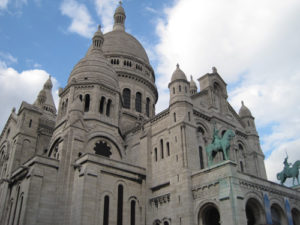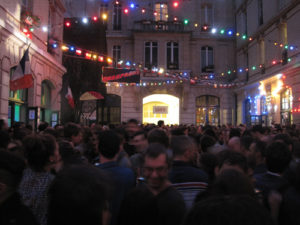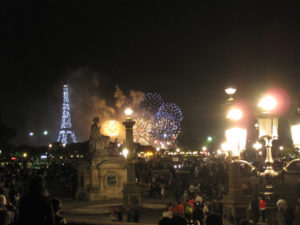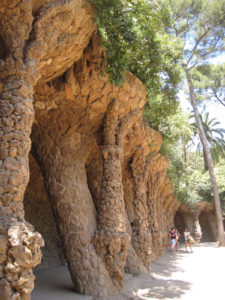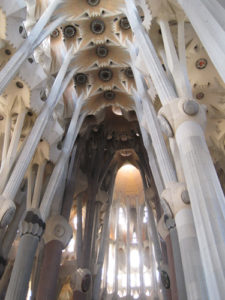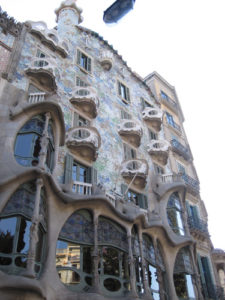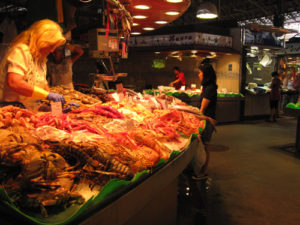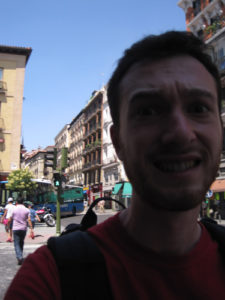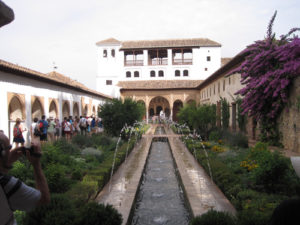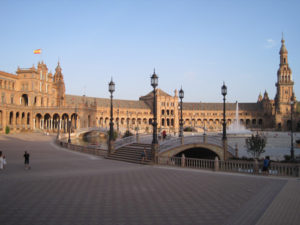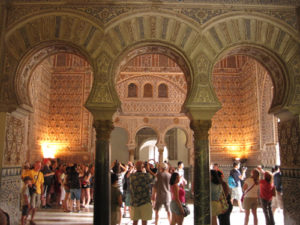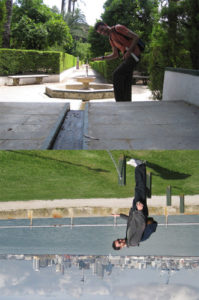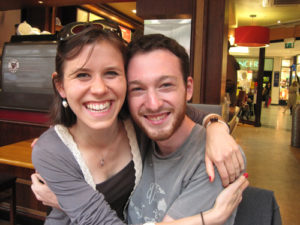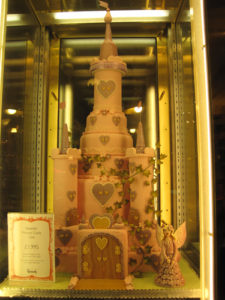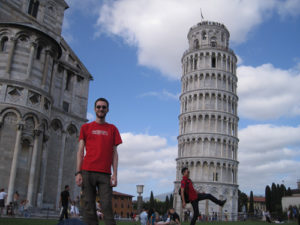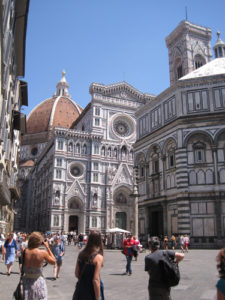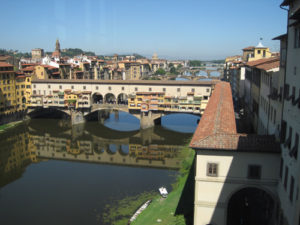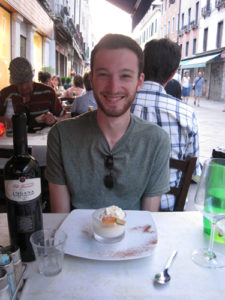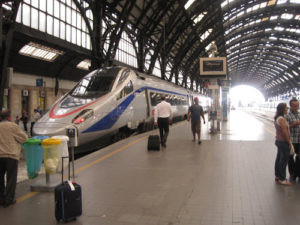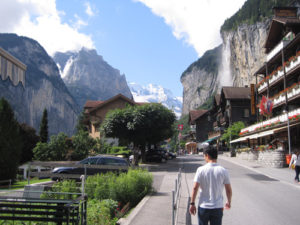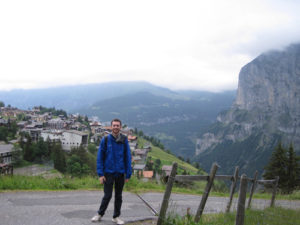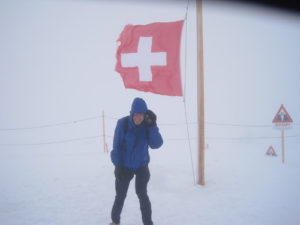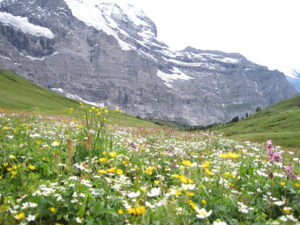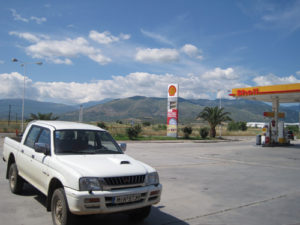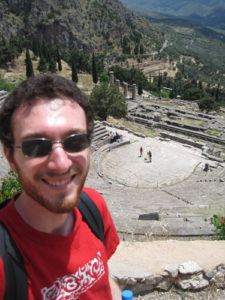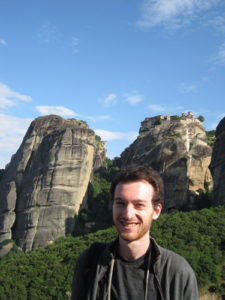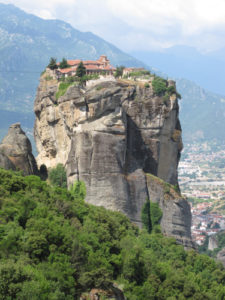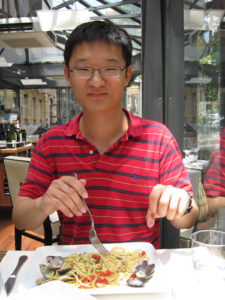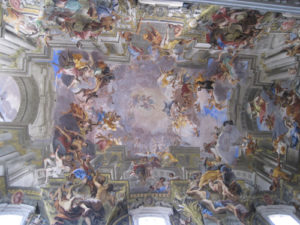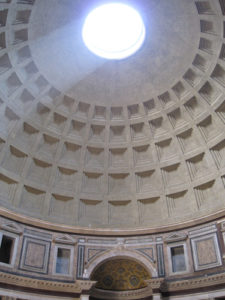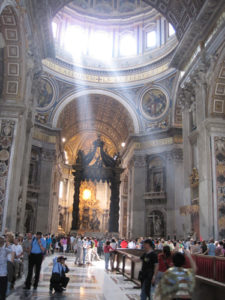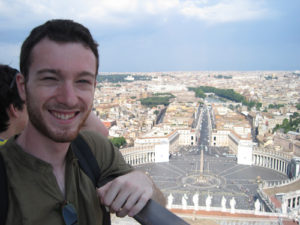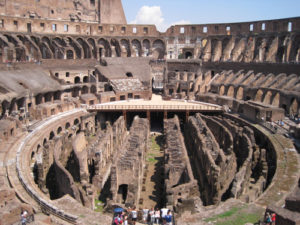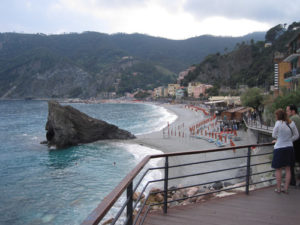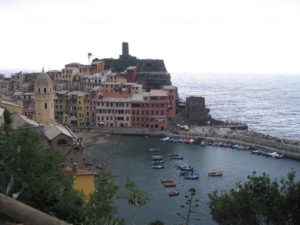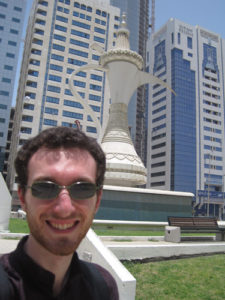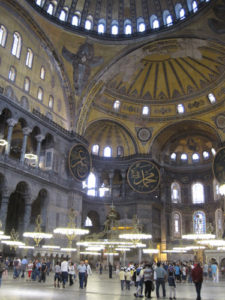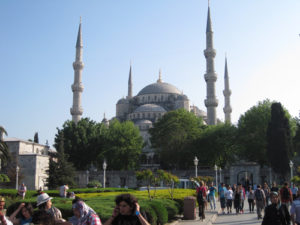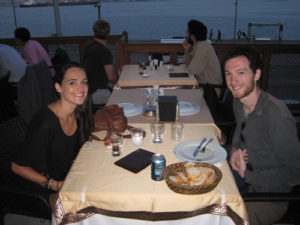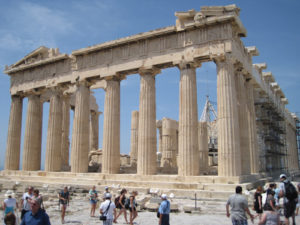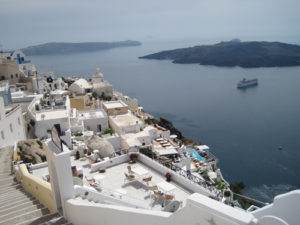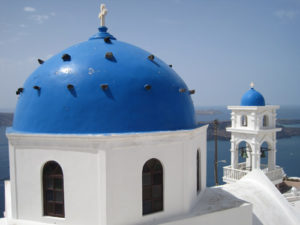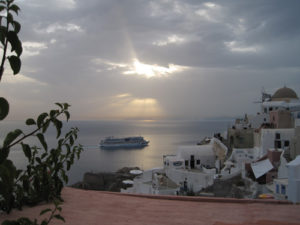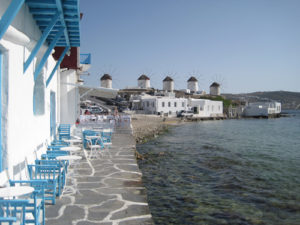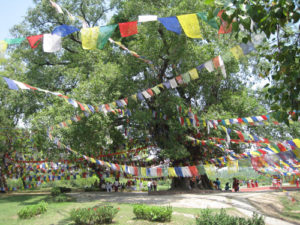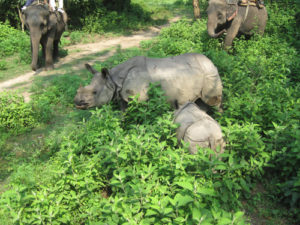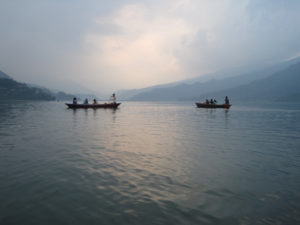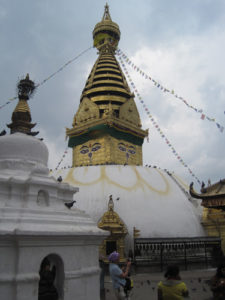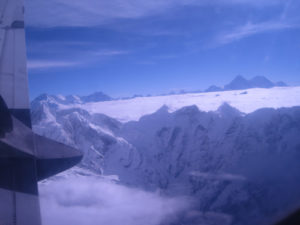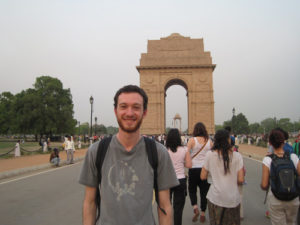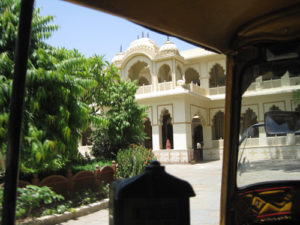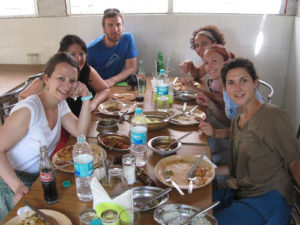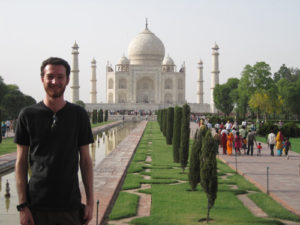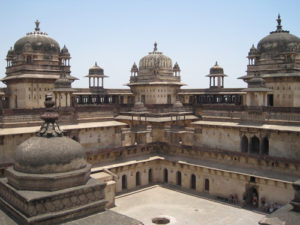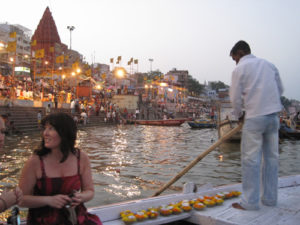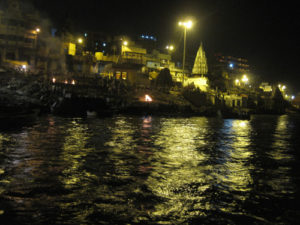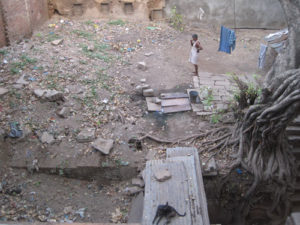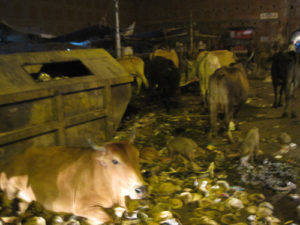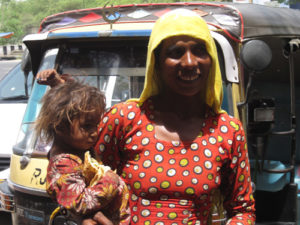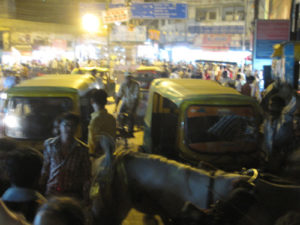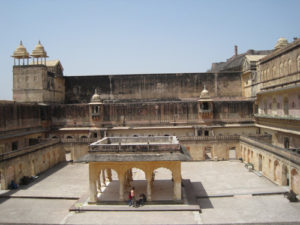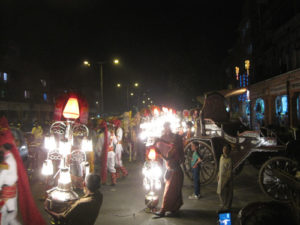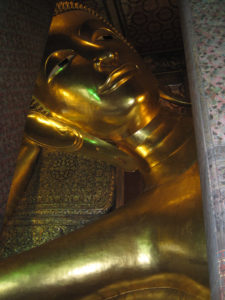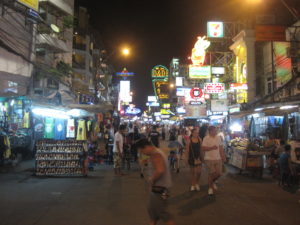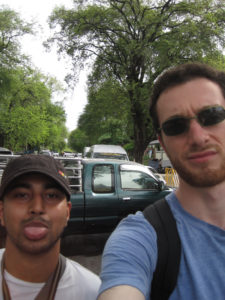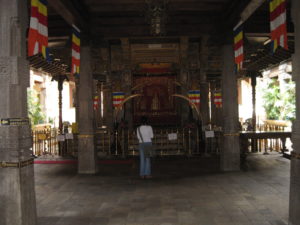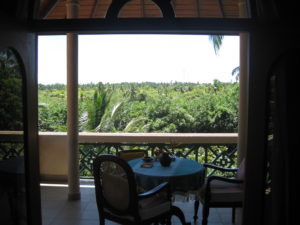I’m still trying to process the fact that I’m home. It feels like things should have changed since I left, but everything and everyone is remarkably the same. It’s been a bit emotionally confusing too. On the positive side, I’m thrilled to see friends again, sleep in my own bed, and even wear my old clothes (I hadn’t brought most of my favorite shirts and jeans, for fear of losing/damaging them). It’s also a relief to be in a familiar, comfortable place – I know how to find everything I need. Home is a glove that fits just right.
But despite how excited I was to come home, I’m sad that the trip is over – more so than I’d anticipated. It’s easy to look around at the same old familiar things and feel like the weight and the joy of this experience, which I’ve carried around for the past three months, has just vanished; and now I’m clutching on to nothing. What really cheers me up, however, are my notes. Aside from this blog, I’ve been keeping a separate document of notes and thoughts about everything that happened on the trip – essentially a diary, now 113 pages long single-spaced. I just read through the part about New Zealand, and it made me smile. That early part of the trip seems like eons ago.
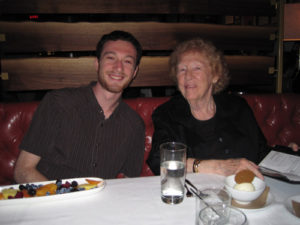
Dinner with my grandmother in NY
So now it’s time to finish this very, very long story. I flew back to the USA and straight into the arms of my grandmother, who lives in the NYC suburbia of New Jersey. I don’t think I’ve ever felt as patriotic as I did that day – just seeing the American flag, even going through US customs… you couldn’t wipe the smile off my face. And of course, coming home to grandma’s house is about as comfy and cushy as it gets. She picked me up at the airport and took me back to a house fully stocked with gluten-free dairy-free foods and goodies. It doesn’t get better than that.
All my walking around Europe had left me with a sore little souvenir: a decently big blister on my tired right foot. The next morning, my grandmother and I went shopping for new socks and shoes; the old ones had seen much better days. In fact, once I had new socks in hand, my grandmother stole the old socks from me and threw them away. Comparing them to the new ones, it was pretty clear why: after a lot of wear and a lousy washing job in Nepal, my once-white socks were a murky gray/purple color, with occasional pink highlights and holes in the heel.
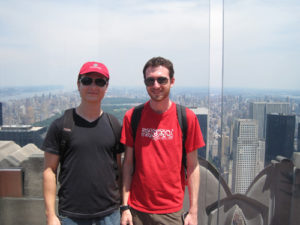
At the Top of the Rock, with Leo
That night, all decked out in new footwear, the two of us went into New York to see a performance of The War Horse at Lincoln Center. Leo, a good friend of mine from Stanford, joined us for dinner and the show; he used the ticket that would have been Abdulla’s. Both the dinner and the show were very good – the puppetry of the giant horses (and the one comic-relief goose) is what really makes The War Horse exceptional.
Sunday was even more low-key than Saturday. I slept in, soaked my foot in a bath of warm water and Epsom salts, and surfed the web. That evening we went over to visit and have dinner with two of my grandmother’s closest friends: Bob and Joe, a gay couple who used to live next door to her. Bob is a 70-year-old retired businessman, and an avid gardener; Joe is a 60-year-old English professor, who owns about 160 pairs of leather pants. The four of us had a gay old time.
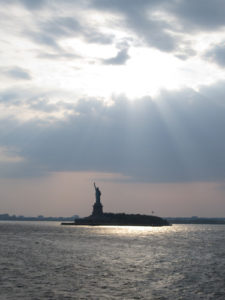
Lady Liberty
On Monday I started to pick up the pace again, with a full day of sightseeing in New York. I took the bus from the mall near my grandmother’s place out to the Port Authority in Manhattan. Leo met me there, and the two of us spent the day sightseeing around the city. After a quick walk through Times Square, we went up to the “Top of the Rock” (the top of Rockefeller Center) for a great 360-degree view of New York. We had lunch at a little place that specializes in tea and books (but also serves great food), and then walked up 5th Avenue and through Central Park. After taking the subway from 81st street, we got a look at Leo’s old high school (Stuyvesant), Battery Park, and Ground Zero. The Freedom Tower (now called 1 WTC) is steadily growing, and is neighbored by what looks like a cross between a park and a construction site on the grounds of the old south tower. The whole area is extensively fenced off.
Later in the afternoon, Leo and I took the (free) Staten Island Ferry out to the borough and back, which gave us some good views of the Statue of Liberty. Unsurprisingly, it’s a lot smaller than I remembered it – I’d last seen it when I was about 8. Once we were back in Manhattan, the two of us grabbed dinner near the Port Authority and said goodbye; I took the bus back to NJ and Leo took the subway back to Brooklyn. It was great to see him again.
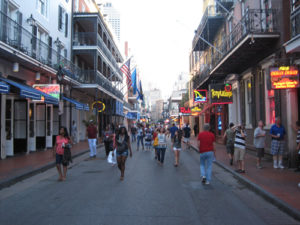
Bourbon Street
The next morning, for the second-to-last time, I packed up my things and went back to the airport. A couple hours later, I was walking down Bourbon Street in the French Quarter of New Orleans. I’ve got to say, Bourbon Street is actually pretty darn gross. It’s got what I now affectionately call “Khao San Road smell” – that, er, delightful mix of body excrements and food. Instead of food stands and ping-pong shows, Bourbon Street is lined with daiquiri bars (for $9, get a to-go cup the size of your head, full of alcohol – there are no open container laws) and really sleazy strip-tease joints. It’s always Mardi Gras on Bourbon Street. During my three days there I saw two parades, the floats being full of old out-of-towners sipping daiquiris or hurricanes, spilling beads out onto the ground. When your town’s claim-to-fame is a big party, I guess you might as well throw it all year long.
I’d scoped out a few of the main attractions in town, and on Wednesday I set out to see them. First stop was Jackson Square and its accompanying St. Louis Cathedral. Unsurprisingly, Jackson Square features a large statue of Andrew Jackson on a horse (one of my favorite presidents, and the man on the $20). After lunch, I visited the Beauregard-Keyes House, which once belonged to General Beauregard of the confederate army. I was the lone visitor at the house, and got shown around by a large man with a grand old southern drawl. Of note in the house: a mammoth dollhouse, owned by Mrs. Keyes (who later owned and restored the house); a confederate flag, which the guide made a point of noting was politically incorrect; and some dolls dressed in KKK outfits, which the guide assured me were not actually KKK outfits… just outfits that looks similar…… It was an interesting, albeit slightly uncomfortably southern, tour.
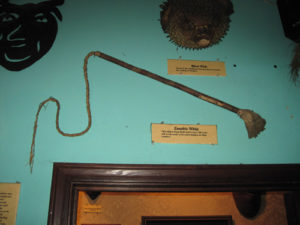
Haitian zombie whip
The next stop captured a whole different side to New Orleans: the world’s only Voodoo Museum. The two dimly-lit rooms are chock full of Voodoo paraphernalia, everything from tables of Voodoo dolls, to a genuine Haitian zombie whip, to a portrait of Marie Laveaux, the Voodoo Queen. I was most fascinated by the description of how people were turned into zombies: a person was first given a potion that completely paralyzed them, but left them alive and alert. They were then buried alive, dug out several hours later, and given an antidote. The result was a soul-shattered, traumatized and “easily manipulated” person: a zombie.
I’d planned on taking a streetcar ride through the Garden District later that afternoon, but after coming back to my room for a quick rest, I couldn’t bring myself to get up and do it. I ended up watching TV for a few hours (my justification: it was a truly American activity), and then went out for dinner at a pub on Bourbon Street. I figured I’d have a drink and, per the waitress’ recommendation, wound up with a hurricane: a massive glass full of rum and red food coloring. I downed the whole thing with dinner, and stumbled drunkenly back into the endless Mardi Gras. I’d hoped to then go see a live jazz performance at Preservation Hall, just around the corner, but the line was already spilling around the block. Given what I’d heard about the limited space inside, I opted to take my drunk head home instead.
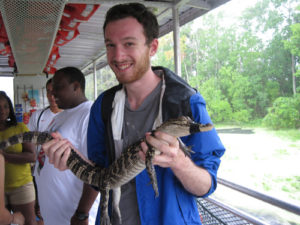
Holding a baby alligator
I got a late start the next day, ate lunch, and then started a half-day tour of the Louisiana swamps and bayous. There were a mere three of us on the bus – myself and a middle-aged couple from Staten Island – who drove out to Jean Lafitte’s Swamp Tours and joined a larger group for the swamp cruise. The timing ended up being perfect; just as we got on the boat, rain started to pour. I actually think it added to the swampy ambiance; combined with the alligators, pelicans, and old shacks, it felt like we got a more true bayou experience. The only unwelcome bit was the lightning, what with our floating along in a tin boat… but even that added to the drama of it all. The rain stopped just minutes before we got off the boat, of course, and by the late afternoon we were back in the French Quarter.
That evening I had an unusual experience at dinner. After I’d gotten my food, the waitress told me that there was a girl in the restaurant who thought I was cute – she wanted to know if I minded her coming over to say hi. The right answer would have been “well actually I’m gay…” but I was apprehensive about admitting anything like that while in the south; I said OK. But nobody appeared, to my relief – I finished eating and asked for the bill. A different waitress brought the check, which came with a little note: “if you should need company while you’re here… [phone number] <3 Lisa”. Oh boy. I paid and left. But before I got half way down the block, Lisa came running after me: it was the other waitress who had handed me the bill (and the note… duh). We exchanged names and shared a few seconds of extreme awkwardness, before I finally just “came out” with it and told her the truth. She handled it gracefully, and that ended that. I’ve kept her note as a souvenir.
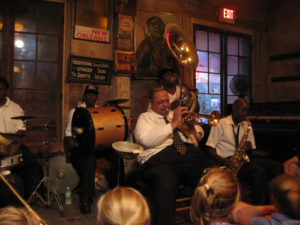
Preservation Hall
I walked, briskly, straight from dinner to Preservation Hall. I got there much earlier this time, and ended up being the first one in line. During my 45-minute wait I got to know the people behind me: an older couple from Shreveport, and their Parisian exchange student, JM. JM and I had a good time talking about everything from my trip, to Paris, to Stanford, and we all sat together and enjoyed the jazz performance. It was a great way to cap off the last full day of this immense trip.
I didn’t get much sleep that night – partially because my head was too full of thoughts, and partially because I had to get up at 4am to catch my flight. By 7am I was already in-flight to San Francisco, and by 10am (CA time) I was home. Truly unbelievable! My parents, who are up in Canada at the moment, left me a surprise in my room: a welcome home banner, and 16 pictures of myself hanging from a string running around my room. One from each country I visited. I cried.
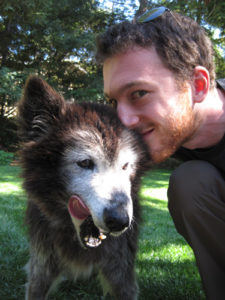
I’m home!
103 days and over 34,000 miles later, I’ve come all the way around and back to the exact same spot. My dog is still sitting there on the lawn. My friends haven’t changed a bit. The people who care about me still really care about me; the ones who don’t, still don’t. Everything is objectively the same, but the usual old things all have a new freshness to them.
I’m finding that it’s hard to talk about the experience as a whole. Do I feel like I’m a “different person”? What was my “favorite moment”? I don’t know how to answer these questions. I feel like eventually, I’ll come up with stock answers that will form just because I’ve said them so many times. All my “answers” so far just sound like canned platitudes. They don’t feel true.
But here’s what is true. I got to spend a lot of time with myself, and just myself, especially after Abdulla left. I don’t want to make any statements about what I “learned” from this, but I do feel like I know the person in my head better than I did before.
Another truth: I have 113 pages worth of notes and about 8,500 pictures and videos that unlock my memories of this trip. Those memories are a series of stories and experiences, some of them incredible, some of them mundane, but all completely irreplaceable. They’re the precious gems that I carry around in my head. And right now, they feel more valuable than anything in the world.
For the very last time, I’ll close with some assorted tidbits:
- On my first evening back in the USA, my grandmother and I sat down to watch some television. Before the screen even lit up, the TV started blaring a loud stream of “YOU @*$% GO TO #*~&, IMMA &*%@ KILL #$@~ %&*$”. Must have been MTV or VH1. My grandmother grabbed me out of shock and fear. I grabbed her because I was laughing so hard! What a perfectly ridiculous way to be re-introduced to American television. This country is %$@#-ed up!
- I think Americans like to kibitz more than Europeans. Random people, from the customs agent to strangers in line at the mall, were striking up little conversations with me. In New Orleans, especially, waiters and waitresses were especially friendly and chatty. Despite their flaws, Americans do have a redeeming quality.
- New Orleans has the largest taxicabs I’ve ever seen. Literally every single one at the airport was either a Chevy Suburban or a giant van of some kind. I was relieved to at least see one or two normal-sized taxis once I got to the French Quarter.
- A memorable moment from Bourbon Street: a well-dressed man in slacks and a dress shirt, casually standing on the sidewalk, says to me “excuse me, excuse me sir, tits and beer, tits and beer”. I burst out laughing right there and then.
- New Orleans takes their football (and the New Orleans Saints) very seriously. I saw a number of modified US flags, done up in black and gold, with little fleur de lis instead of stars. Frequently accompanying these flags were the words “WHO DAT” (in caps) and either “Go Saints” or, more comically, “Geaux Saints”!
- On the ride out to the swamp/bayou tour, our bus driver made an off-the-cuff remark about how “them OPEC countries have unlimited oil”. This is the kind of dangerous attitude and stupidity that will ultimately do us in. Agh!
Last but not least, I want to especially thank everyone who read this blog, who commented on the posts, who sent me emails or messages, or did anything to remind me of their presence while I was gone. It has really meant so, so much to me. I’ve missed you.
With much love,
-Izaak

